Manual penetration testing is a hands-on, attacker-simulated approach carried out by skilled professionals who think like adversaries.
While automated tools are useful for scanning known issues, manual penetration testing adds depth by uncovering complex, business-specific vulnerabilities that require human insight. It allows security teams to simulate real-world attacker behavior, validate how systems hold up under pressure, and identify gaps that could be missed by surface-level checks.
For organizations handling sensitive data or operating in regulated environments, this level of testing plays a vital role in reducing risk and supporting long-term resilience.
tl;dr: Manual penetration testing simulates attacker behavior to uncover complex, business-critical vulnerabilities that automated tools miss. It’s essential before product launches, audits, or major system changes. AppSecure’s manual-first approach brings deep testing, real risk validation, and developer-ready insights to help secure SaaS, fintech, and cloud-native platforms effectively.
Why is manual penetration testing important?
Manual penetration testing focuses on uncovering real-world vulnerabilities by actively probing systems, mimicking tactics used by actual threat actors to identify weaknesses that scanners often miss.
Unlike automated scans based on predefined signatures, manual testing adapts to the unique context of each environment. It requires strategic thinking, creativity, and a deep understanding of how applications, APIs, and infrastructure interact.
The goal is to determine business logic flaws, misconfigurations, and chained exploits that could lead to serious breaches in practice.
Manual vs. automated testing: Key differences
Understanding what manual penetration testing involves is only a part of the picture. To make informed decisions about your security strategy, it’s equally important to understand how manual testing differs from automated scanning, and where each fits in your overall approach.
Here’s a breakdown of the core differences:
Area
Manual Testing
Automated Testing
Depth vs. Speed
Involves deep, context-aware probing of high-risk areas like access control, session handling, and sensitive workflows.
Quickly scans large environments for surface-level issues like outdated libraries and missing headers.
Real Risk vs. Theoretical Alerts
Confirms whether vulnerabilities can be exploited in real-world scenarios, reducing false positives.
Flags potential issues using predefined signatures, which may lead to false positives or missed context-based flaws.
Business Logic & Chained Flaws
Detects flaws in custom workflows, like role bypasses or chained vulnerabilities that mimic real attacker behavior.
Cannot interpret application-specific logic or multi-step processes accurately.
Behavior-Based Testing
Observes how applications react to crafted inputs, timing manipulations, or state transitions to find subtle, real threats.
Lacks the ability to analyze nuanced application behavior or dynamic interactions.
Human Insight vs. Pattern Matching
Uses creativity and experience to identify edge cases, race conditions, or integration-level logic issues.
Relies strictly on rule-based pattern matching and may overlook complex or non-standard vulnerabilities.
When should you opt for manual penetration testing?
While automated scans are great for routine checks, there are moments in a product or infrastructure lifecycle where only manual penetration testing can provide the depth and precision needed.
These aren’t edge cases, they’re key checkpoints where real-world attacker simulation can make or break your security posture. Let’s look at some scenarios where manual testing isn’t just valuable, it’s essential:
- Before product launches or major releases
Releasing a new product or rolling out a major update introduces unknowns, from new user flows to backend changes.
Manual testing ensures these releases are free from logic flaws, misconfigurations, or high-impact vulnerabilities that could be missed during automated QA.
- When testing high-value assets
Systems that handle sensitive data, like payment gateways, digital wallets, healthcare platforms, or internal admin tools, are prime targets for attackers.
Manual testing is crucial to uncover business logic risks and chained vulnerabilities that automation can’t detect.
- During compliance audits
If your organization is preparing for audits like SOC 2, ISO 27001, or PCI-DSS, manual pentesting can validate that technical controls work as intended.
It also provides more credible evidence for auditors than an automated report.
- After architectural changes or migrations
Shifting to a microservices model, adopting new cloud environments, or redesigning authentication flows introduces complexity.
Manual testing helps ensure security postures haven’t weakened in the process.
- To validate security controls
WAFs, input sanitization, and access restrictions may look fine in theory.
Manual testing actively challenges these controls under real conditions to ensure they function reliably, not just on paper.
Common vulnerabilities uncovered through manual pentesting
Manual testing often uncovers vulnerabilities that automated tools simply miss. Below are some of the most common issues identified through human-led assessments:
- Business logic vulnerabilities
These issues arise when applications behave in unintended ways due to flawed workflows or assumptions.
Manual testers copy misuse of functions like coupon codes, multi-step transactions, or approval systems to expose weaknesses that aren’t tied to a specific CVE.
- Authentication and authorization flaws
Issues like bypassing MFA, manipulating session tokens, or forging access requests often require contextual understanding of how identity flows are implemented.
Manual testing uncovers these gaps by probing login flows, SSO setups, and token validation logic.
- Broken access controls
Privilege escalation, both vertical and horizontal, remains one of the most common critical findings.
Manual testers validate whether users can perform actions or access data outside their intended roles, often by manipulating parameters or observing inconsistent permission checks.
- Race conditions and state-dependent bugs
Automated tools rarely test timing or concurrency issues.
Manual testing can simulate parallel requests or delayed state changes to uncover flaws like duplicate payments, data inconsistency, or unexpected system behavior.
- Complex injection chains
While tools detect basic SQLi or XSS, chained attacks involving nested serialization, template injections, or logic misfires across layers often need multi-step analysis.
Manual testers craft payloads tailored to each context, revealing deeper execution paths.
- Misconfigured cloud APIs or storage
From open S3 buckets to excessive IAM privileges, cloud misconfigurations often require an understanding of architecture and intent.
Manual testing maps these environments and validates real-world exploitability.
The manual pentesting process: What to expect
Once you decide to engage in a manual penetration test, knowing what the process involves can help streamline coordination between security teams and stakeholders.
Here’s a breakdown of what to expect during a high-quality manual pentest:
- Scoping and target definition
This phase involves defining the engagement’s boundaries and depth. Testers work with technical and business stakeholders to outline the assets in scope, such as production APIs, mobile apps, admin portals, or cloud infrastructure, and agree on test constraints, rules of engagement, timeframes, and risk tolerance.
It’s also the stage where goals are set, like identifying privilege escalation paths, data exposure risks, or cloud misconfigurations.
- Reconnaissance and mapping
Using passive and active techniques, testers gather intelligence on the target environment. This includes mapping endpoints, enumerating subdomains, analyzing JavaScript files, fingerprinting tech stacks, and discovering exposed services or metadata leaks.
The goal is to build a detailed attack surface blueprint that guides later exploitation steps.
- Vulnerability discovery and exploitation
Testers manually probe for exploitable flaws such as business logic bypasses, insecure authentication flows, session mismanagement, and injection vectors (SQLi, XSS, SSRF).
Exploitation involves safely demonstrating how these issues can be used to gain unauthorized access, exfiltrate data, or escalate privileges, without harming production systems.
- Risk validation and chaining
Rather than treating vulnerabilities in isolation, testers explore how seemingly low-severity issues (e.g., exposed error messages or predictable object IDs) can be combined to form multi-stage attack chains.
This approach reflects how real attackers escalate access and emphasizes the real-world impact of chained vulnerabilities.
- Documentation and reporting
Every validated finding is documented with technical detail and business context. Reports include vulnerability descriptions, CVSS or custom risk scores, step-by-step reproduction guidance, affected assets, and tailored remediation advice.
Strategic insights and executive summaries are also included for leadership visibility.
- Retesting after remediation
Once issues are fixed, a focused retest ensures the vulnerabilities are fully mitigated and that no new exposures have been introduced during the patching process.
This step helps maintain assurance and often forms part of compliance audit documentation.
AppSecure’s Manual-First Approach to Pentesting
For security testing to be truly effective, it must be led by real expertise, not just tools or checklists.
AppSecure takes a manual-first approach, combining human intelligence with automated support to uncover deep security issues across fintech, SaaS, cloud-native, and enterprise platforms. Here’s how:
- Skilled offensive security engineers
Our team includes seasoned red‑team professionals and top-tier bug bounty hunters with deep experience in app development and hacking frameworks like OWASP, MITRE ATT&CK, CREST, and NIST.
This expertise allows us to approach engagements with attacker intuition and engineering insight, rapidly exposing architecture-level vulnerabilities across modern stacks.
- Real‑world attack simulation
Instead of relying only on signature-based scans, AppSecure conducts tailored exploitability testing: combining manual techniques, custom scripts, and advanced chaining of issues across APIs, authentication layers, session controls, and cloud misconfigurations.
Our assessments reflect real-world attack scenarios, multi-step, context-aware, and highly targeted.
- Business‑impact focus
We don't just identify vulnerabilities, we assess their impact from a business perspective. Each finding is tied to risk-critical scenarios such as unauthorized data access, account takeovers, or pipeline manipulation.
Our approach reduces false positives and ensures teams focus on what poses actual operational and compliance threats.
- Developer‑friendly reporting and support
Clients receive clean, prioritized penetration testing reports within 7 days of the engagement’s close. These reports include detailed reproduction steps, severity ratings, and remediation guidance mapped to your tech stack and risk model.
We also offer post-test support and follow-up testing to validate fixes.
- Proven Track Record at Scale
AppSecure’s pentesting methodology has been validated across fintech platforms, SaaS apps, cloud-native systems, and regulated enterprises, including healthcare and payment gateways.
Our flexible manual-first approach scales with technical complexity and business sensitivity, ensuring consistent and comprehensive coverage across technologies.
Challenges and considerations in manual pentesting
While manual penetration testing offers unmatched depth and accuracy, it also requires thoughtful planning to ensure maximum value. Let’s look at some important factors teams should consider when opting for a manual approach:
- Greater time and resource investment
Manual pentests typically take longer to execute because testers are actively probing systems, analyzing behavior, and building chained exploits. Teams should account for this when planning release cycles or compliance timelines.
- Clear scoping is essential
To get meaningful results, engagements must be clearly scoped. This includes defining in-scope assets, test depth, and risk priorities. A well-scoped assessment helps testers focus on what matters most while reducing noise.
- Secure testing environments
Since manual testing often involves live interaction with production-like environments, it’s important to isolate test traffic, monitor system behavior, and avoid unintended disruptions. Staging environments that mirror production are ideal for this purpose.
- Retesting after fixes matters
Finding vulnerabilities is only half the equation, validating that fixes are effective is just as critical. Post-remediation retesting ensures that patches are properly implemented and no new issues were overlooked in the process.
Make manual testing a key part of your security strategy
Strong security isn’t just about checking boxes, it’s about understanding how systems behave under real-world pressure. Manual penetration testing gives teams the visibility they need to find risks that scanners often miss and helps build confidence in both security and operations.
AppSecure focuses on manual-first testing to uncover deeper issues tied to business logic, architecture, and compliance. Whether you're preparing for a release, audit, or scaling into a new market, this approach helps ensure your product is secure where it matters most.
If you’re looking to strengthen your security posture with a practical, tailored assessment, get in touch with AppSecure to learn how manual pentesting can support your goals.
FAQs
- What is manual penetration testing and how is it different from automated testing?
Manual penetration testing is done by security experts who think like attackers to find real risks. It goes deeper than automated scans, which only check for known issues.
- When should a company choose manual penetration testing?
Choose manual testing before a major release, during audits, or when protecting important systems like payments or health apps. It’s best when accuracy and depth are important.
- What kind of vulnerabilities can only be found through manual pentesting?
Manual testing finds issues like broken access controls, logic bugs, or attack chains — things scanners usually miss because they need human thinking.
- Is manual pentesting necessary for compliance frameworks like SOC 2 or PCI-DSS?
It’s not always required, but it helps meet compliance by showing you’ve tested your systems properly. It also helps catch issues before auditors or regulators do.
- How does AppSecure perform manual pentests for SaaS and cloud-native platforms?
AppSecure’s experts test apps by simulating real attacks. They focus on how your platform works, find meaningful risks, and give clear, useful reports for your tech team.

Ankit Pahuja is a B2B SaaS marketing expert with deep specialization in cybersecurity. He makes complex topics like EDR, XDR, MDR, and Cloud Security accessible and discoverable through strategic content and smart distribution. A frequent contributor to industry blogs and panels, Ankit is known for turning technical depth into clear, actionable insights. Outside of work, he explores emerging security trends and mentors aspiring marketers in the cybersecurity space.


.png)

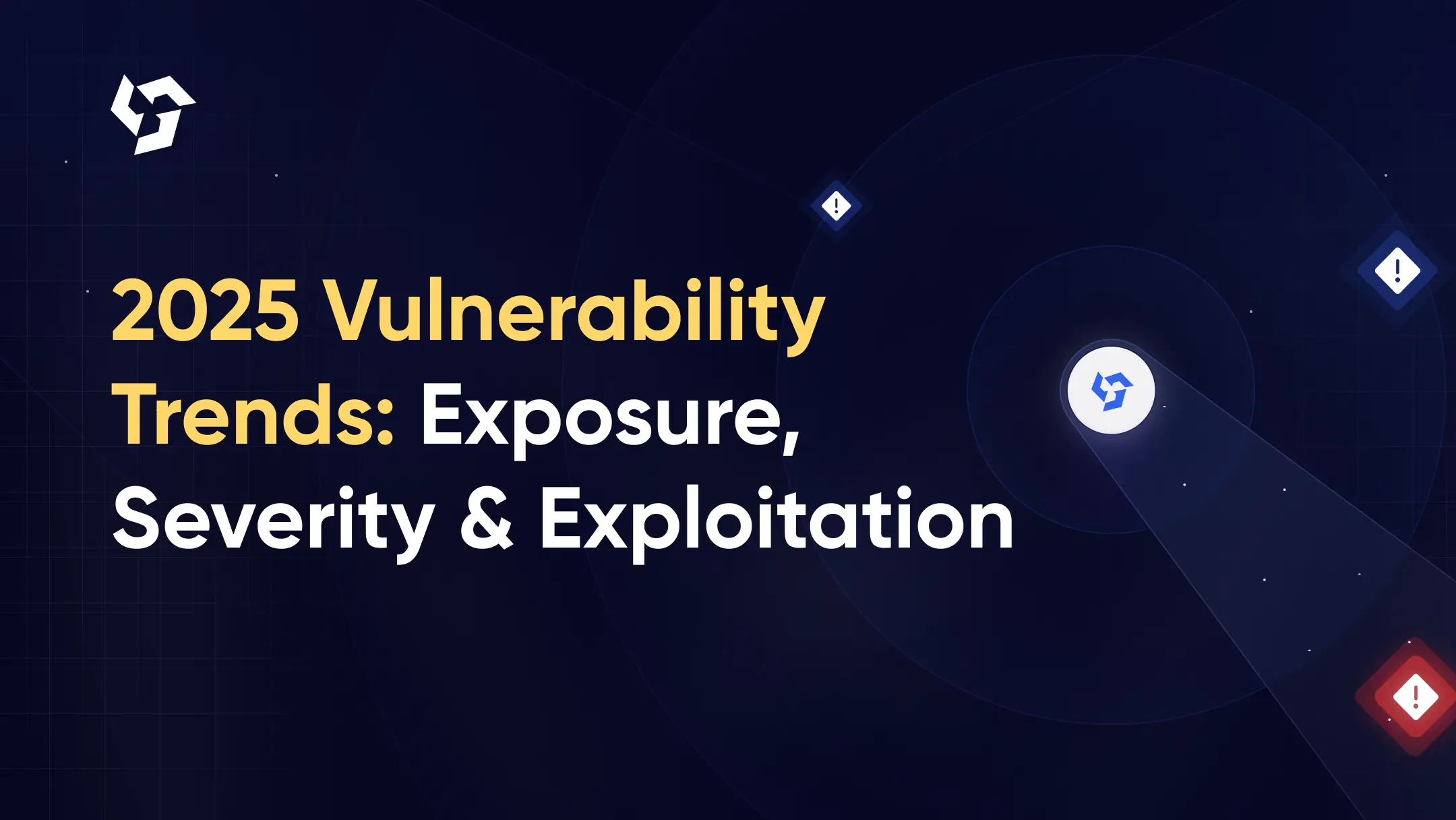










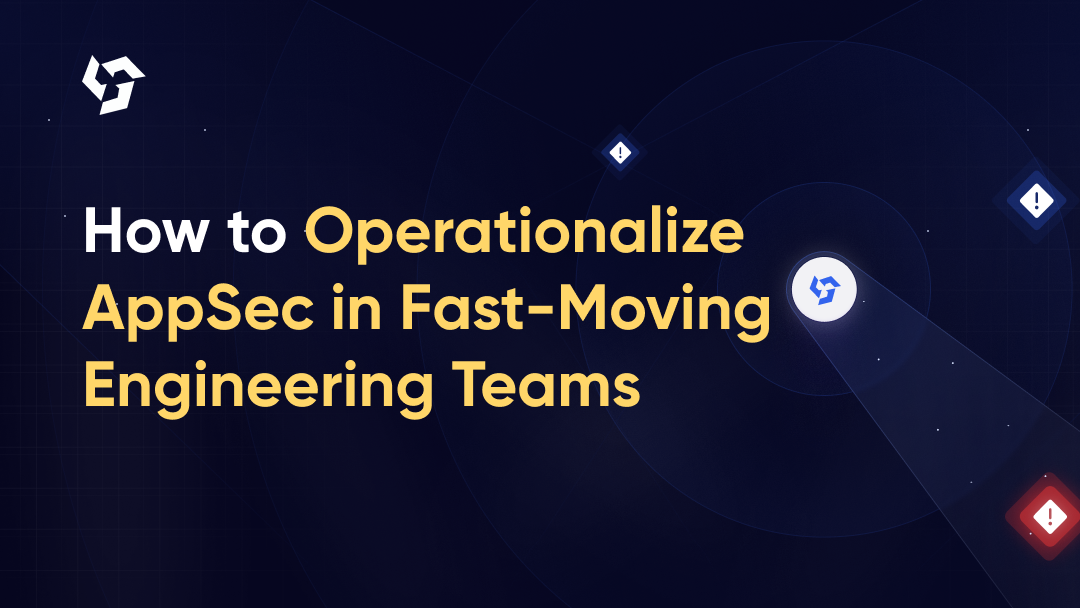



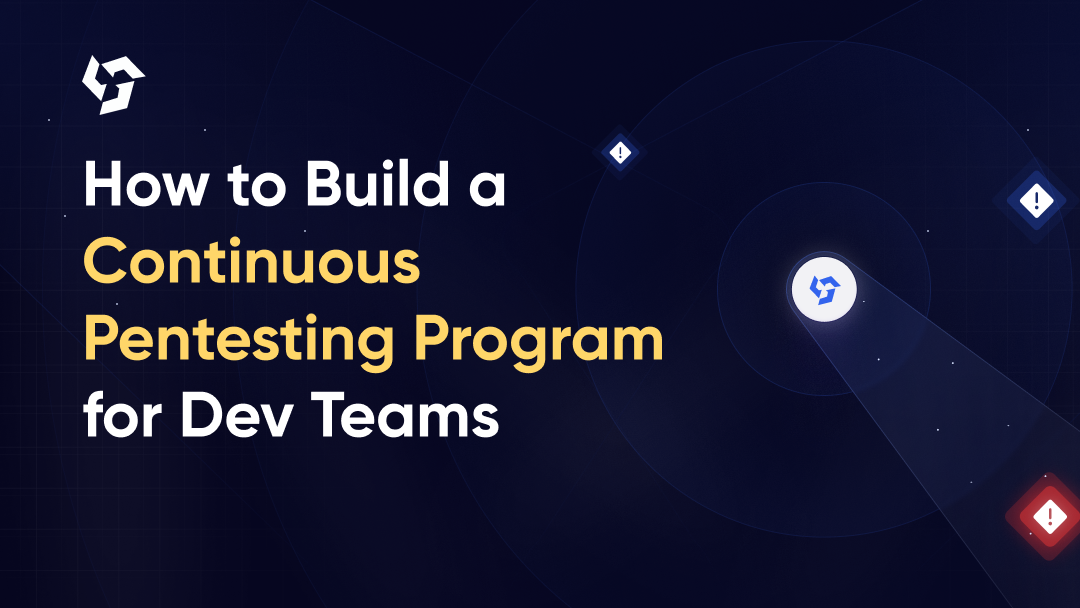




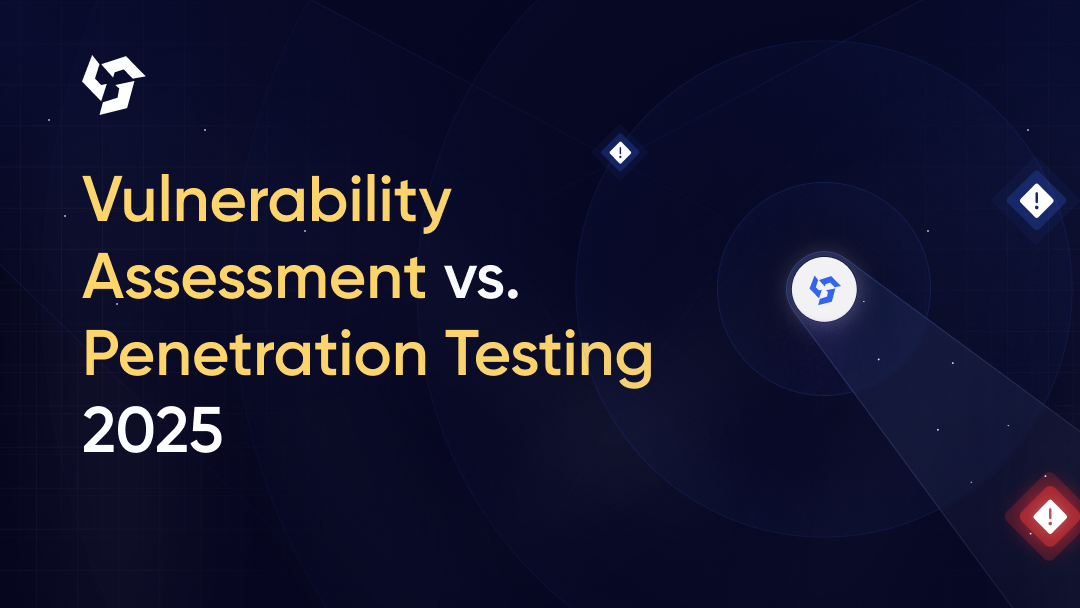




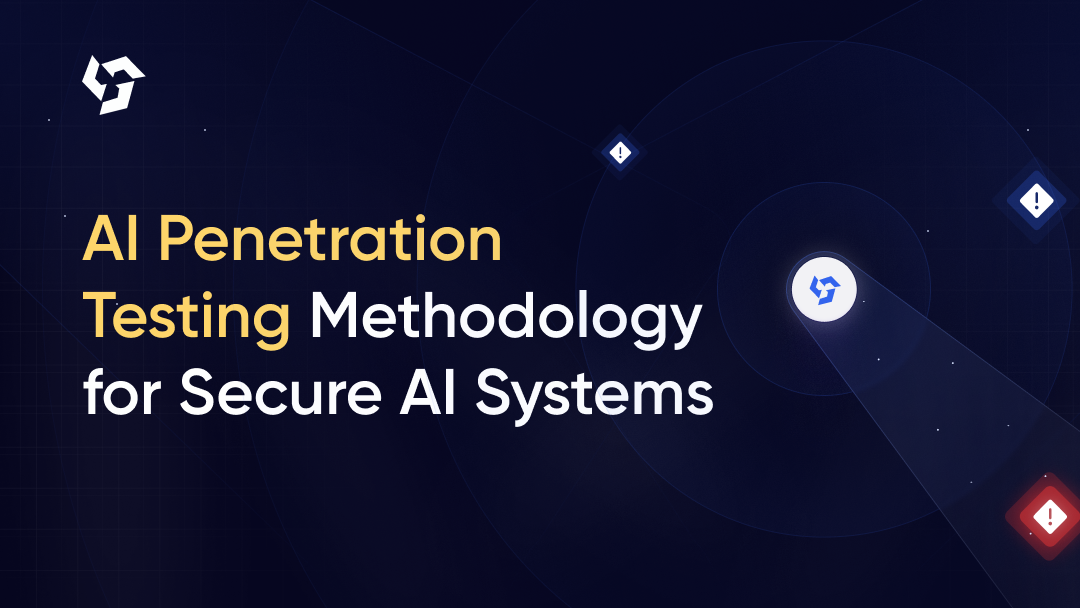


.png)
.png)

.png)
.png)
.png)
.png)
.png)
.png)

.png)
.png)



.png)


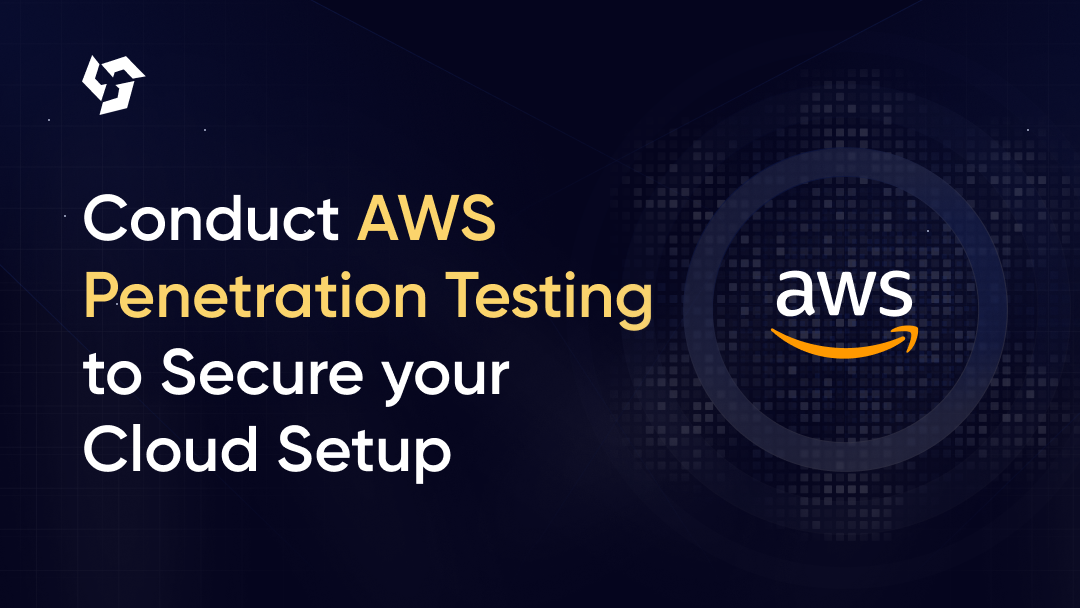

.png)
.png)
.png)

.png)
.png)
.png)

.png)
.png)
.png)
.png)
.png)

.png)









.webp)





.webp)


.webp)

.webp)



.webp)
.webp)
.webp)
.webp)









.webp)
